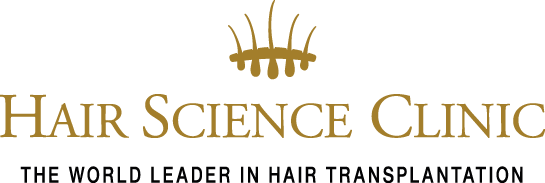Reconstructive hair transplantation
Reconstructive hair surgery is a distinct category of hair transplants and a key area of expertise at Hair Science Clinic. Approximately 30% of our treatments involve correcting previous hair transplants performed at other clinics. In cases of visible scars or unnatural hairlines resulting from improperly executed transplants, HST often provides a viable solution.
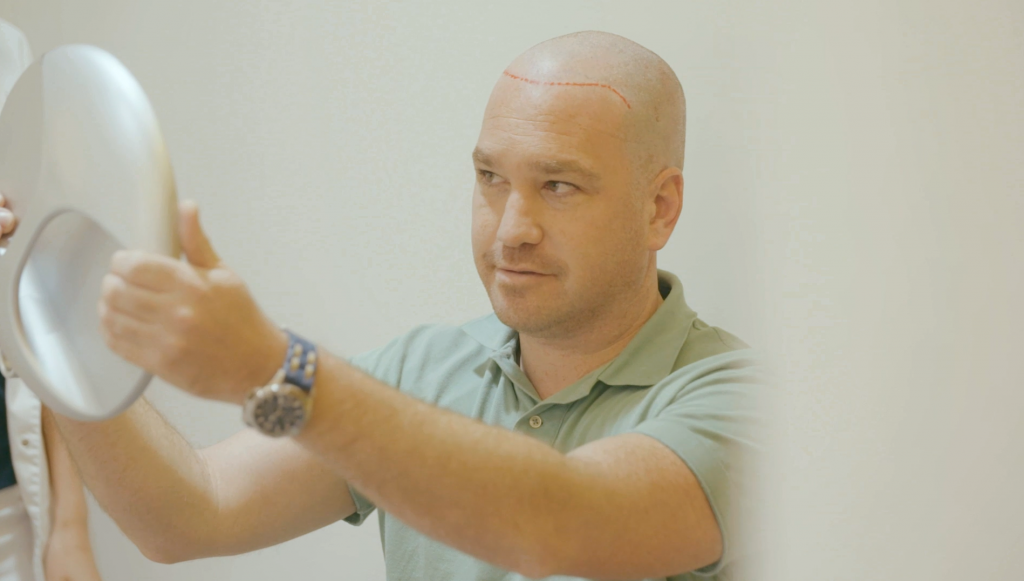
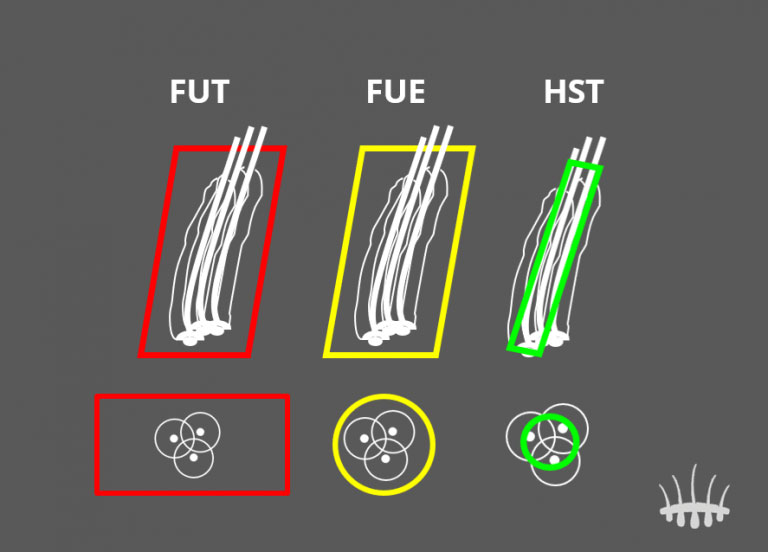
Differences between hair transplant techniques
The best-known techniques for hair transplantation are Follicle Unit Transplantation (FUT), Follicle Unit Extraction (FUE), and Hair Stem-cell Transplantation (HST). While all these methods share the same fundamental principle – extracting hair from the donor area and implanting it in the balding area – there are significant differences in quality and outcomes. Hair Science Clinic frequently conducts reconstructive treatments to address issues arising from previous FUT or FUE hair transplants.
Hair reconstruction surgery after FUT
The FUT method, also known as the strip method, is now considered outdated, though some clinics still offer it. In FUT, a strip of skin with hair is removed from the back of the head and transplanted to the recipient area, which always results in a significant scar. This is why many people are moving away from this technique.
Hair reconstruction surgery after FUE
A more modern technique is Follicle Unit Extraction (FUE). In an FUE hair transplant, the doctor extracts individual hair follicles from the back of the head using a hollow needle. These follicles are then implanted into the recipient area, such as the crown, hairline, or beard.
While FUE can achieve high hair density by relocating entire hair follicles, it also has its drawbacks. Small, dot-shaped scars are left where the follicles were removed, and no hair regrows in those areas. These scars can be noticeable, especially when the hair is cut short.

- Left: small dot-shaped scars after FUE hair transplantation
- Right: bald patches in donor area after FUE hair transplantation
Unnatural hairline
Sometimes, clients are left with an unnatural hairline after a previous hair transplant. This can occur when the hairline has a sharp, straight line that doesn’t suit the individual, or when the hair was not implanted in the correct growth direction. Additionally, the patient’s preferences may not have been fully considered.
How does HST work for scars?
A major drawback of conventional hair transplantation techniques, such as FUT and FUE, is the formation of visible scarring in the donor area. The severity and extent of this scarring can significantly limit recovery options. Fortunately, many scarred areas can be effectively treated with reconstructive hair surgery using the HST technique.
Unlike traditional methods that are constrained by the number of hairs available in the donor area and the size of the grafts, HST adopts a more advanced approach. Even with a limited number of donor hairs, it is possible to stimulate new hair growth on scar tissue.
This is achieved because HST extracts only a small portion of the hair follicle, rather than the entire follicle, from the donor area. This tiny fragment contains enough hair stem cells to promote new hair growth in the recipient area. As a result, hair growth in the donor area remains unaffected, enabling the use of these hairs as donor follicles for future treatments.
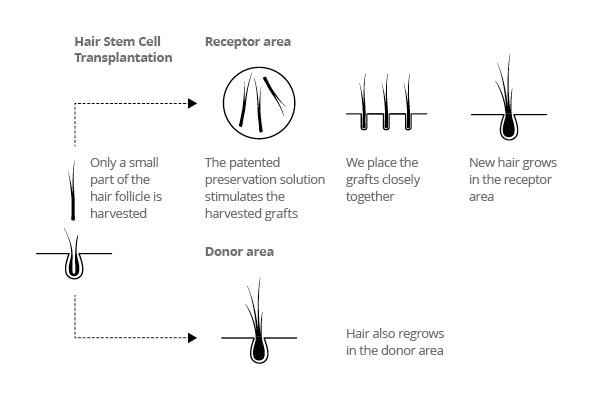
Correcting a failed hair transplant?
Unsatisfied with your previous hair transplant or experienced an unsuccessful outcome? Get professional guidance. Book a free, no-obligation consultation with one of our doctors, and together, we’ll explore the best options for your hair reconstruction.
A notable example is the reconstructive hair surgery Dutch celebrity Gerard Joling underwent using the HST method.
Why choose HST?
HST is a patented hair transplant technique developed through decades of scientific research. This treatment is exceptionally safe and offers several advantages over other hair transplant methods, including minimal scarring, precise implantation, lifelong results, and the ability to restore facial hair, such as eyebrows and beards. The natural results achieved with HST are genuinely unmatched.
- Highest medical standards, ensuring exceptional safety
- Scientifically proven results
- Advanced technique, unparalleled results
- Fast recovery, minimal scarring
- Lifelong result
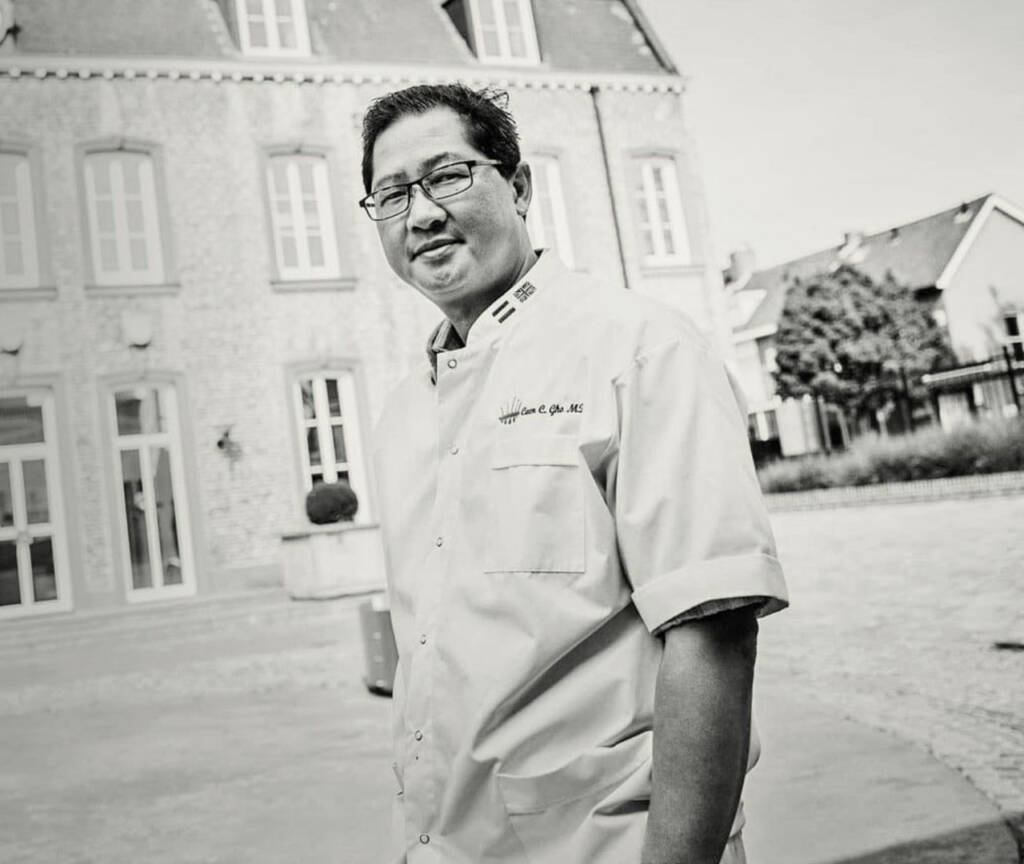
What is the cost of reconstructive hair surgery?
The costs and options for reconstructive hair surgery can vary widely depending on individual circumstances. Factors such as the quality of donor hair, the stage of hair loss, the condition of the donor area, your overall health, and personal preferences all influence the price. As a result, HST treatments are always tailored to each individual. During a free, no-obligation consultation, the doctor will perform a thorough medical assessment, after which you’ll receive a customized treatment plan along with a detailed cost estimate.
Therapy for burns
HST was first used on burn patients, including the victims of the Volendam café fire (the Netherlands, 2001).
Thanks to its advanced technique and the use of ultra-fine needles, HST is especially effective for hair restoration in individuals with burns and scars. After its success in treating burn patients, HST has evolved into a versatile cosmetic procedure, making it possible to naturally reconstruct hairlines, eyebrows, mustaches, and beards.

Discover your options
During a no-obligation consultation with one of our doctors you’ll receive personalized advice, detailed information, and plenty of opportunities to ask questions. We will thoroughly explore your options, preferences, and expectations, allowing us to create a tailored treatment plan.
